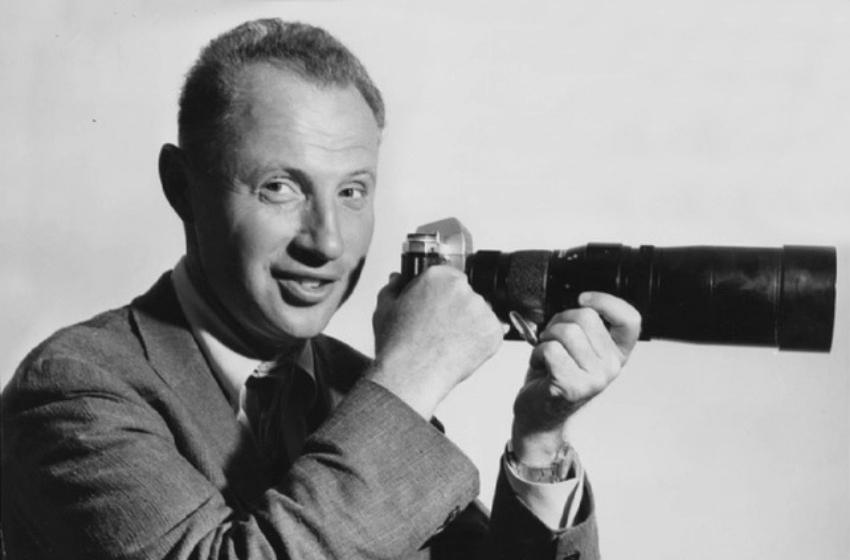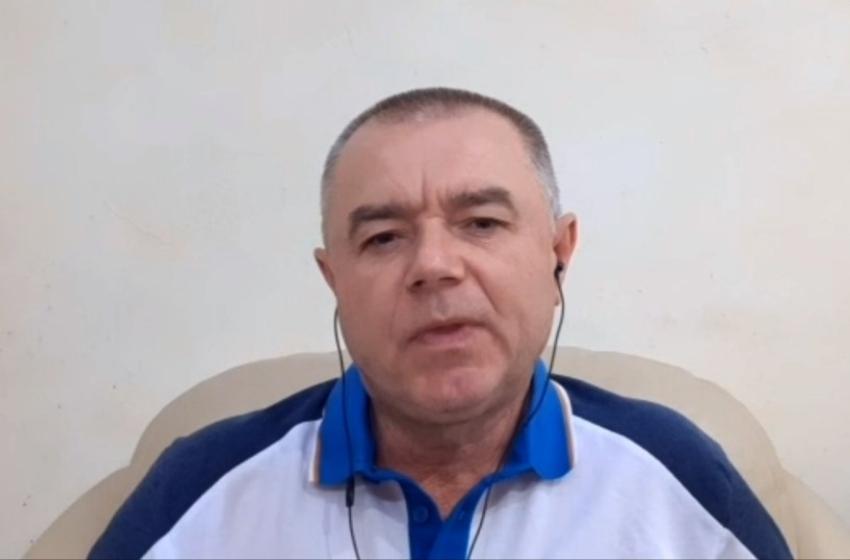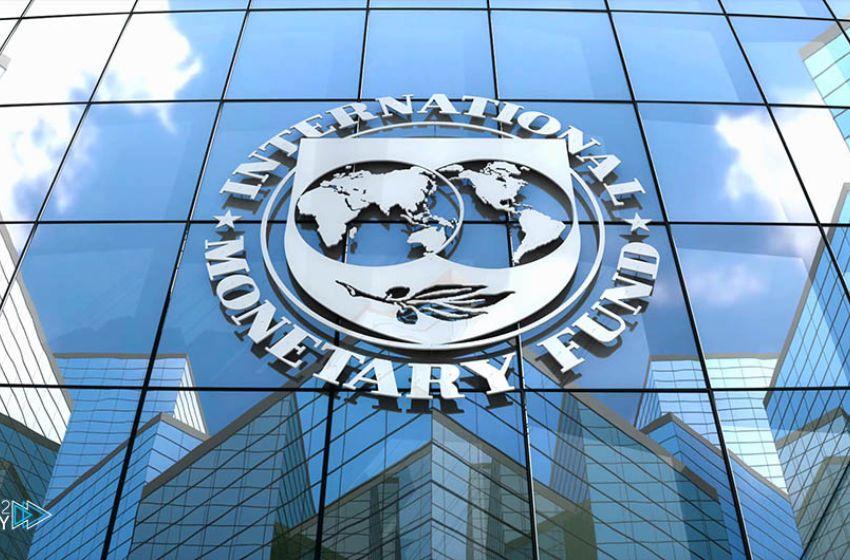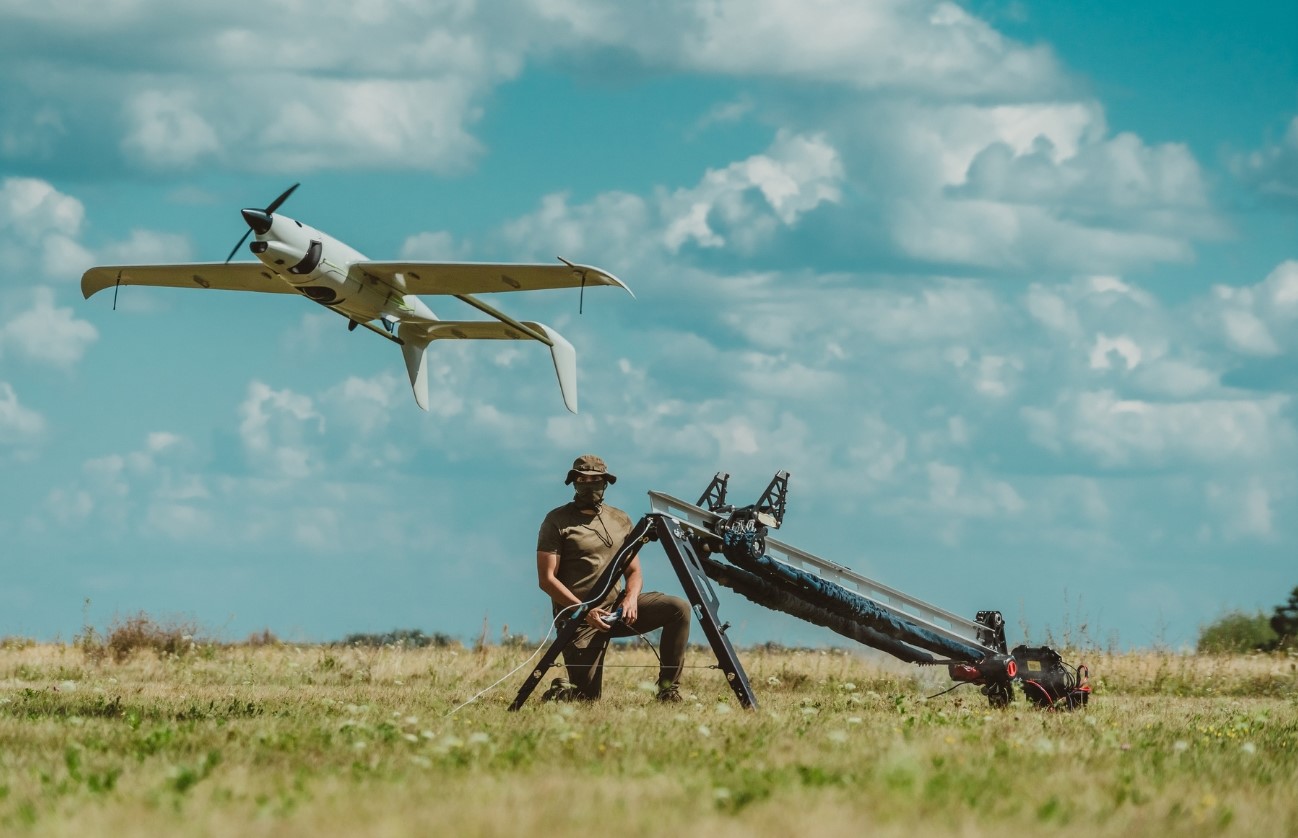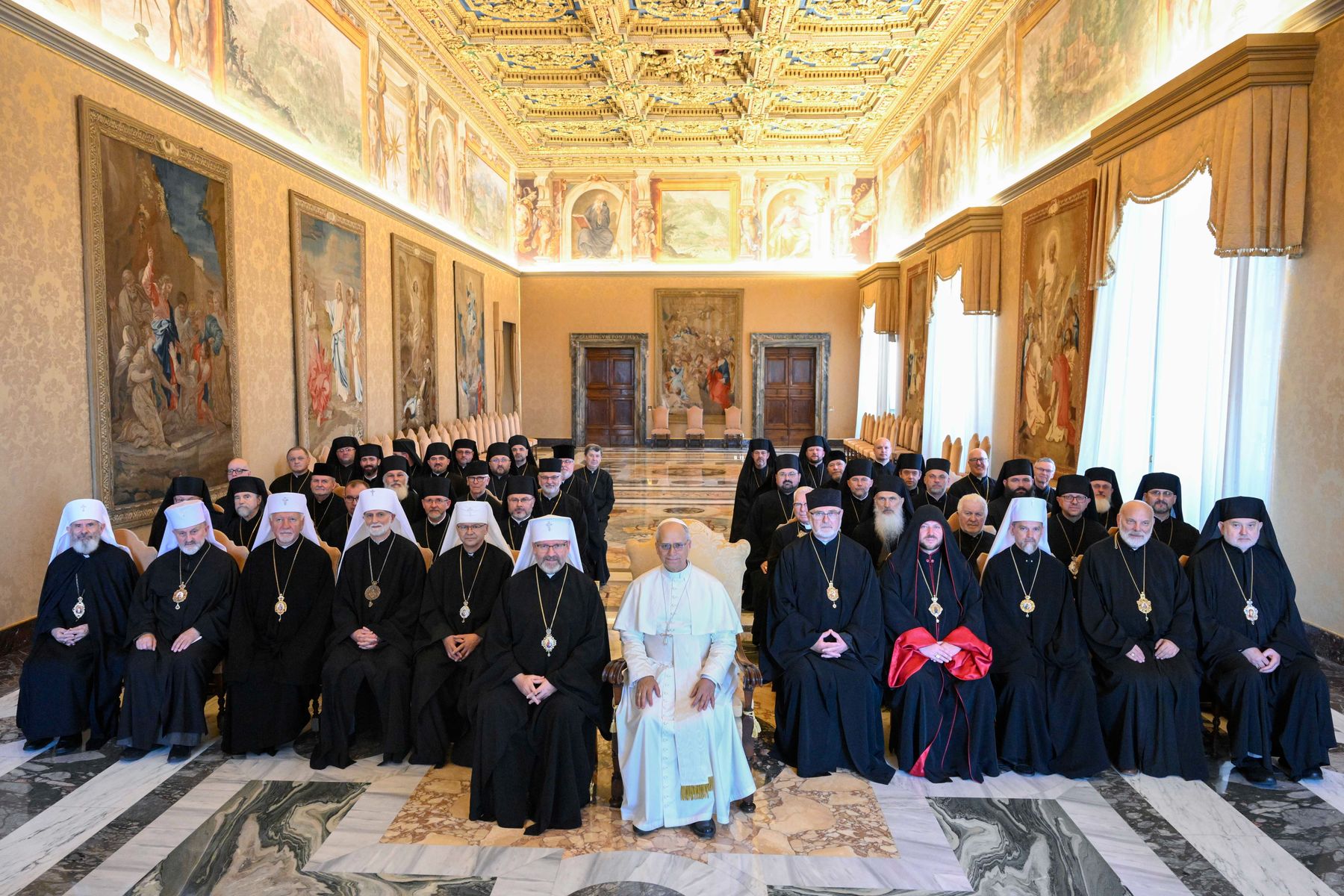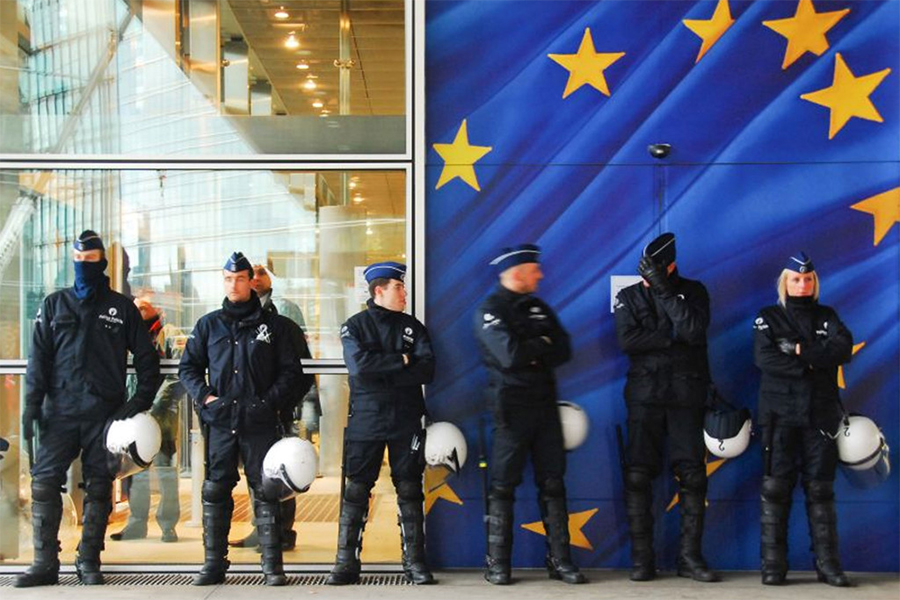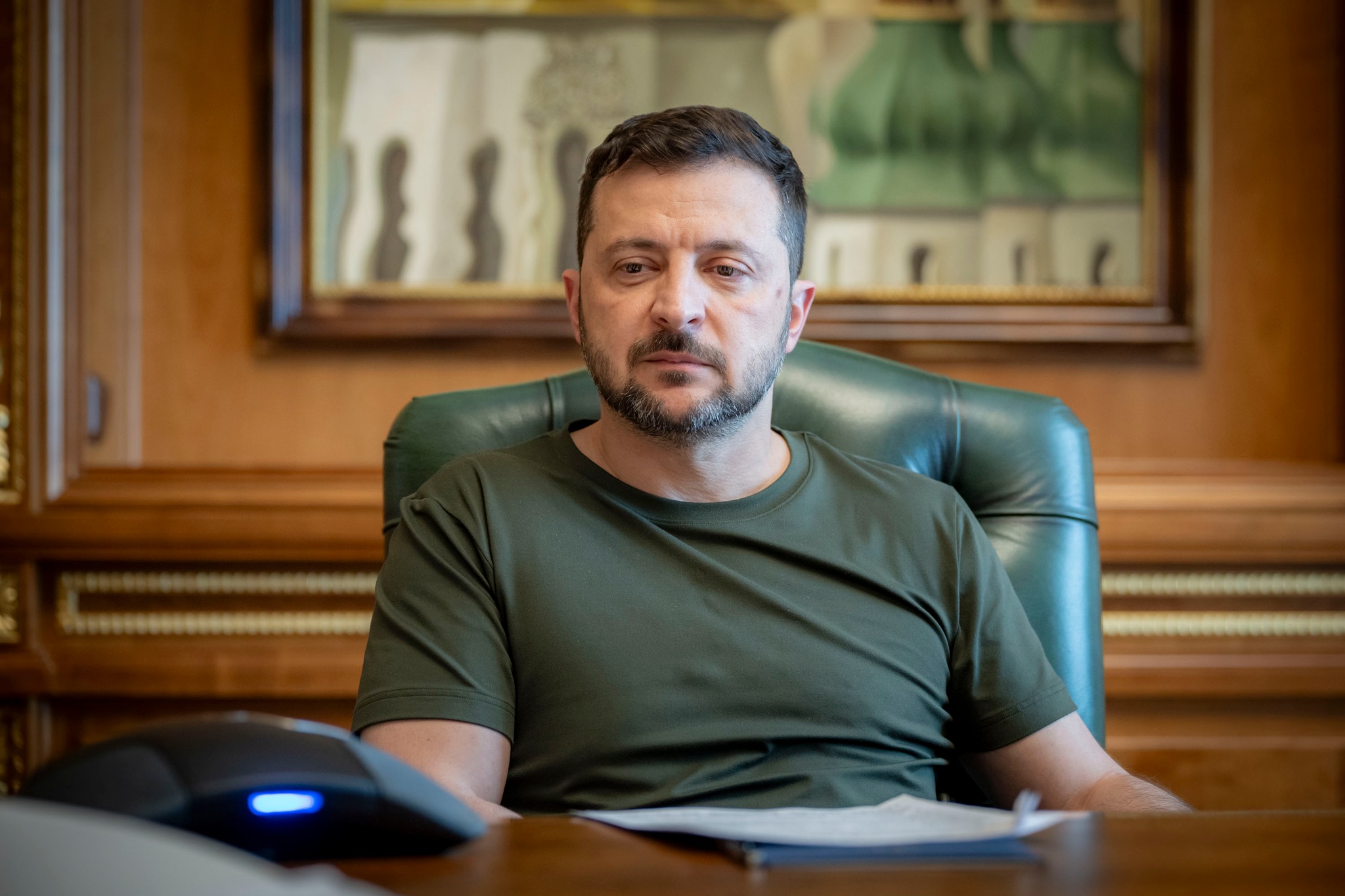Odessa gave birth to many talents, who had great success in other countries like Jerry Cooke, who will remain in the history of photography.
Born in Odessa, Ukraine in 1921, Yuri Kutschuk and his family emigrated to Milan (Italy) and then to Berlin (Germany) in 1923. While in Berlin, Yuri’s father George Kutschuk sold photographs to European publications. In 1936, after Adolf Hitler's rise to power, the family fled back to Italy, where they then had to flee from Benito Mussolini's regime to Bombay (India). In 1939, the family emigrated to United States, arriving to Seattle from Japan on the "Hiye Mare" and taking a train to New York. Once in the U.S. his name was anglicized to Jerry Cooke.
Yuri’s Aunt, Cecile Kutschuk, worked at the Associated Press, with Wilson Hicks, who later became Executive Editor in charge of photography for LIFE Magazine. Cecile Kutschuk, who had studied photojournalism at the Rhine University, emigrated to the United States in 1935, and started a photo agency in New York City called Pix, Inc. She gave Jerry his first camera, a Rolleiflex, four-by-four centimeters, and he started taking some pictures. Some of his early old pictures taken in ‘39 and ‘40 was hanged in the foyer on the way to Jerry's bedroom.
When he was 18 or 19 years old and attending Columbia, Cooke took an aptitude test and the verdict they came out that he was best suited to be an actor, which he thought was pretty funny. And the second choice they came up was a lawyer.

Rat story
It was one of his first Life assignments. The city of Buffalo had an invasion of rats. There were so many rats that they had to do something about it, so they offered a reward to people, especially to kids. They got a dime for every rat they brought in. They wanted people to put out rat traps and so on. And Life decided to do a story about this, so they sent young Jerry Cooke there.
If a rat gets caught in a trap on its tail, it will bite off its tail, which makes sense; it will bite off its own tail to get away. And Jerry got a picture of this rat that had its tail caught and was about to bite it off as he arrived on the scene, there in some farm shed. And that was the lead picture in the story.
Jerry took a sleeper back to New York, and that evening he was assigned by Life to photograph Patrice Munsel’s debut at the Met. She sang Carmen; it was her debut. And I went there and photographed it. So he took some pictures of Munsel in her dressing room.
Well, in those days everybody paid attention to every penny. Jerry still had film in his camera from the rat thing, which he hadn’t turned in yet; there was no great rush. So the first shots Cooke took of Munsel were on the same roll of film as the rats. And somehow her press agent had made an arrangement to show the pictures to her. She had a fit! They called up Life magazine and said it was an insult that she was on a roll of film with some rats. There was a big to-do.

Jerry Cooke The LIFE Images Collection/Getty Images
In 1953, after seeing his photographs of a football game for a Life essay, Cooke was recruited by Gerald Astor to photograph for a new magazine, Sports Illustrated. This launched Cooke's career in sports photography. Cooke worked for over 40 years, shooting 47 covers for Sports Illustrated, including many from the early days starting in October 1954. Many of his derby photographs were published in The Kentucky Derby, by Joe Hirsch and Jim Bolus, 1988.


Cooke had several cover stories in LIFE between the forties and sixties, including LIFE En Espanol. He also did regular work for Fortune, Colliers, Time, Sport’s Illustrated and European Publications. In 1948, Cooke, Robert Capa, and Tim Gidal traveled to Israel to photograph the new state for the book, This Is Israel, written by I. F. Stone.
He joined ASMP at its founding and served as its president for the 1951-1952 year. During this time Cooke was very active in the negotiations ASMP had with many of the magazines trying to improve day rates and photographers rights.
In 1956, he was one of the first westerners allowed into post-Stalin Russia, where he photographed Boris Pasternak, author of “Dr. Zhivago,†and brought him a copy of his book, which had been banned in his country.




Jerry Cooke died on October 27, 2005 at the age of 84.
Jerry Cooke was the closest thing to James Bond that the photography world has ever seen.
Neil Leifer, SI photographer
He was a world traveler. He spoke five languages fluently: German, French, Italian, Russian and English.
He could cover an event wearing a sports coat and slacks. He never got dirty. He was a gentleman photographer.










